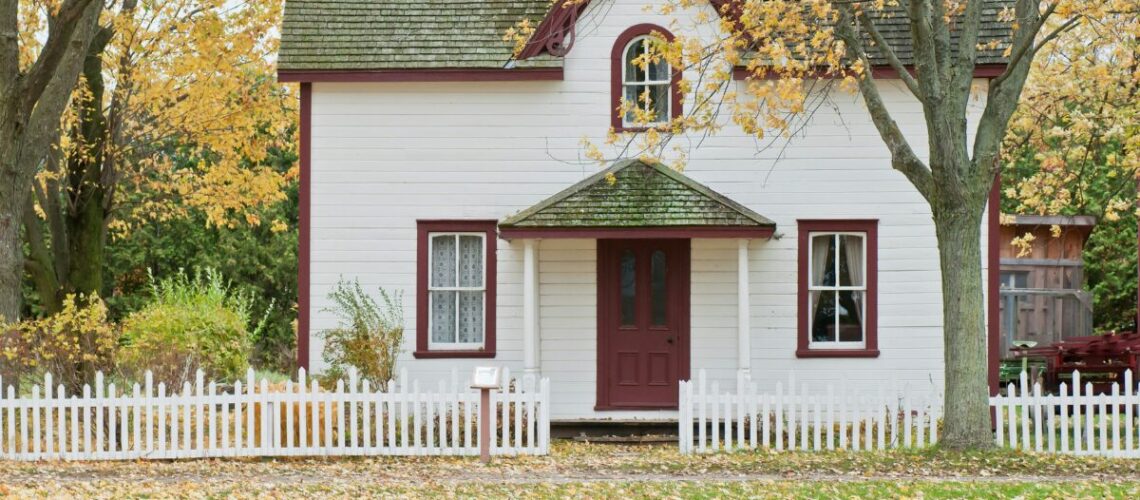The real estate industry has always been a dynamic and ever-changing field, influenced by economic shifts, technological advancements, and evolving consumer preferences. Over the years, innovative trends have emerged, reshaping how properties are bought, sold, and managed. This article explores some of the most pioneering real estate trends that are defining the future of the industry, drawing insights from industry leaders like Steve Neary.
Sustainable and Green Building Practices
Sustainability has become a cornerstone in modern real estate development. With growing awareness of environmental issues, developers and investors are increasingly prioritizing eco-friendly practices. Green building certifications such as LEED (Leadership in Energy and Environmental Design) have become benchmarks for new projects. These certifications encourage the use of energy-efficient materials, renewable energy sources, and sustainable construction methods.
Notably, sustainable buildings are not only beneficial for the environment but also offer significant cost savings over time through reduced energy consumption and maintenance costs. As consumers become more environmentally conscious, properties with green certifications are also enjoying higher market values and quicker sales.
Smart Homes and IoT Integration
The integration of smart technology into homes is revolutionizing the real estate market. Smart homes equipped with Internet of Things (IoT) devices provide enhanced security, convenience, and energy efficiency. From smart thermostats and lighting systems to advanced security cameras and voice-controlled assistants, these technologies offer homeowners greater control over their living environments.
Steve Neary, a notable figure in the industry, has often highlighted the importance of embracing technology to stay competitive. He believes that the adoption of smart home features not only improves the living experience for residents but also adds significant value to properties. Real estate developers are increasingly incorporating these technologies into their projects to meet the growing demand for smart living solutions.
Co-living and Flexible Spaces
Urbanization and changing demographics are driving the demand for co-living spaces. Co-living offers a solution to the high cost of living in major cities by providing affordable, shared living spaces with communal amenities. This trend is particularly popular among young professionals and digital nomads seeking a sense of community and cost-effective housing options.
In addition to co-living, flexible spaces are gaining traction in both residential and commercial real estate. Flexible workspaces, such as coworking offices, cater to the needs of freelancers, startups, and remote workers. These spaces offer flexibility in lease terms and the ability to scale up or down based on the user’s needs. The rise of remote work has further accelerated the demand for such adaptable spaces, making it a significant trend in the real estate market.
PropTech and Digital Transformation
PropTech, short for property technology, is a term that encompasses a wide range of digital innovations aimed at improving the real estate industry. From virtual tours and digital listings to blockchain-based property transactions, PropTech is transforming how real estate business is conducted.
Virtual reality (VR) and augmented reality (AR) technologies are enhancing the property viewing experience, allowing potential buyers and tenants to explore properties remotely. This has become particularly relevant in the wake of the COVID-19 pandemic, where physical property visits were restricted.
Blockchain technology is also making its mark by offering more secure and transparent property transactions. Smart contracts on the blockchain can automate various aspects of real estate deals, reducing the risk of fraud and lowering transaction costs.
Neary has been an advocate for embracing digital transformation in real estate. He notes that staying ahead of technological advancements is crucial for maintaining a competitive edge in the market. By leveraging PropTech, real estate professionals can streamline their operations, enhance customer experiences, and improve overall efficiency.
Affordable Housing Initiatives
The increasing cost of housing has led to a growing demand for affordable housing solutions. Governments, non-profits, and private developers are working together to address this issue through innovative initiatives. Modular construction and prefab homes are among the solutions being explored to reduce construction costs and time.
These housing solutions are designed to be cost-effective while maintaining quality and sustainability standards. They offer a viable alternative for providing affordable housing in densely populated urban areas. Additionally, mixed-income developments, where affordable units are integrated with market-rate housing, are becoming more common. This approach promotes social diversity and provides affordable housing options within thriving communities.
Health and Wellness-Oriented Design
The importance of health and wellness has become more pronounced in recent years, influencing real estate design and development. Buildings are now being designed with features that promote the well-being of their occupants. This includes access to natural light, improved indoor air quality, fitness amenities, and green spaces.
Wellness certifications like WELL and Fitwel are becoming sought after in the real estate market. These certifications ensure that buildings meet specific standards for health and wellness, making them more attractive to health-conscious consumers.
Urban Regeneration and Adaptive Reuse
Urban regeneration involves revitalizing underutilized or abandoned urban areas into vibrant communities. This trend focuses on sustainable development and the efficient use of existing spaces. Adaptive reuse, a key component of urban regeneration, involves repurposing old buildings for new uses, preserving historical architecture while meeting modern needs.
Neary has been a proponent of adaptive reuse projects, recognizing their potential to breathe new life into cities and create unique property offerings. Such projects not only preserve cultural heritage but also offer innovative solutions to urban development challenges.
Conclusion
The real estate industry is continually evolving, driven by technological advancements, changing consumer preferences, and societal shifts. Trends like sustainable building practices, smart home technology, co-living, PropTech, affordable housing initiatives, health-oriented design, and urban regeneration are shaping the future of real estate. By staying informed and adaptable, industry professionals can leverage these trends to stay competitive and meet the demands of a changing market.
Leaders like Steve Neary exemplify how embracing innovation and forward-thinking can lead to success in this dynamic industry. As these trends continue to develop, they will undoubtedly pave the way for a more sustainable, efficient, and customer-focused real estate market.

